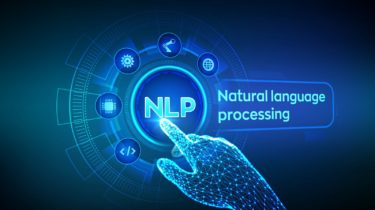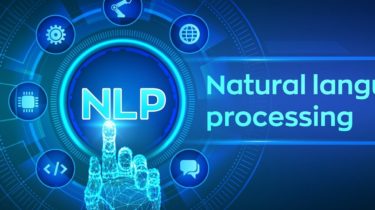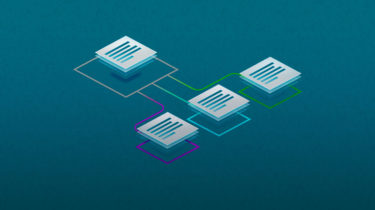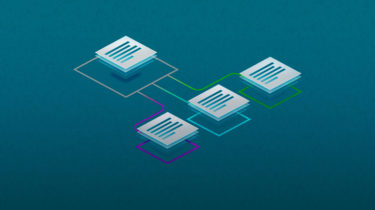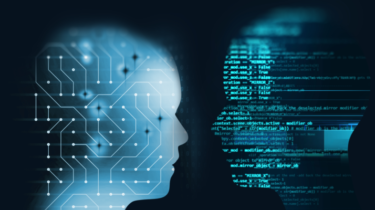Must Know Data Pre-processing Techniques for Natural Language Processing!
This article was published as a part of the Data Science Blogathon Introduction Data from the internet forms a huge source of information these days. We have an overwhelming amount of data available, which includes text, audio, and videos. Text information forms a major source of information amongst these. Natural language processing includes the task of analyzing, modifying, and deriving conclusions from text data. These text or speech data are completely unstructured and messy. A great amount of effort is required […]
Read more